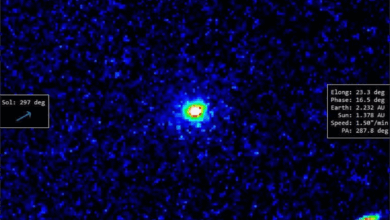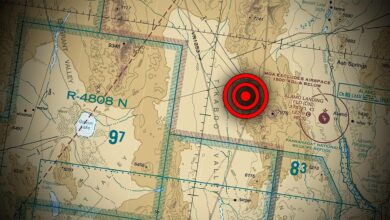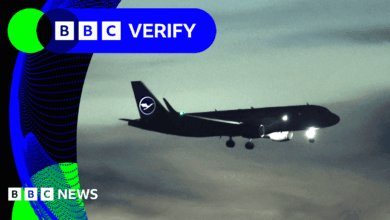Explore the Fascinating Trajectory of Interstellar Object 3I/ATLAS Aligned with Pioneer 11 & New Horizons Paths — Could Cosmic Highways Explain Its Journey?
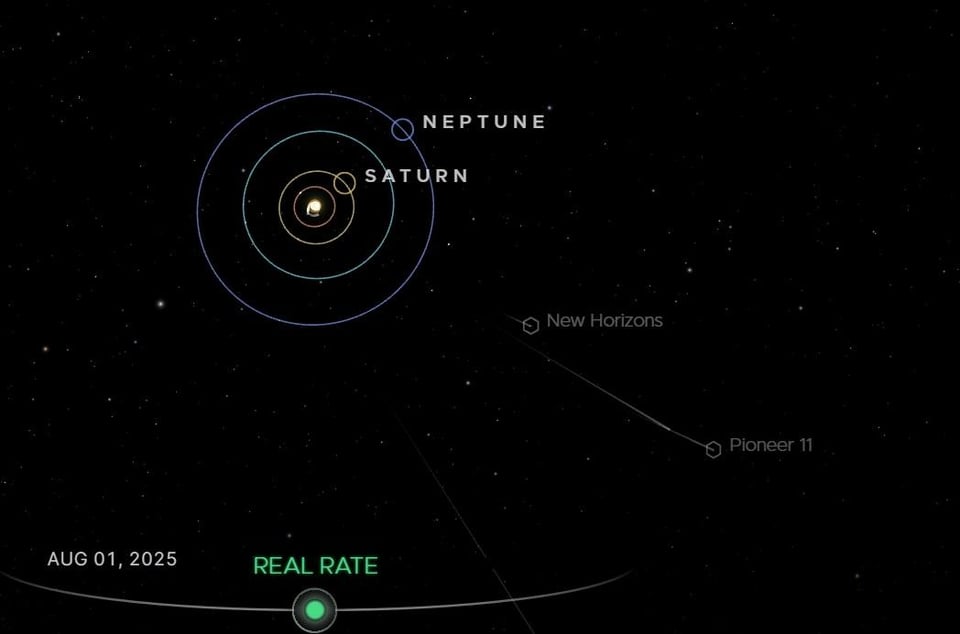

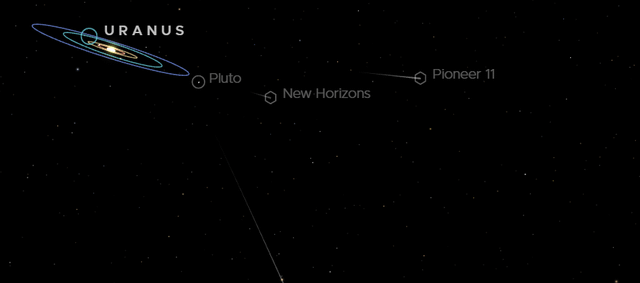
Fascinating Insights into 3I/ATLAS: A Potential Interstellar Visitor on a Typical Path?
Exploring the Trajectory of Interstellar Object 3I/ATLAS
Recently, I delved into the trajectory images of the interstellar object 3I/ATLAS and compared them with the paths of some of our most advanced deep space probes. What caught my attention was a striking similarity in the direction from which 3I/ATLAS appears to be approaching — nearly mirroring the trajectory of Pioneer 11 and New Horizons.
Why 3I/ATLAS Is a Game-Changer in Interstellar Discoveries
Size and Speed of 3I/ATLAS
The most intriguing aspect of 3I/ATLAS isn’t just its trajectory but its potential size. Observations suggest it could be up to 11 kilometers (7 miles) wide, possibly making it the largest interstellar object we’ve ever observed. Its orbit exhibits an incredible eccentricity of 6.14, and it’s traveling through our solar system at approximately 68 km/s (42 miles per second) — an astonishing speed even in the context of interstellar objects.
Unique Composition and Behavior
Unlike typical comets, 3I/ATLAS shows signs of activity, with a diffuse tail observed during recent observations. However, it behaves differently from what we usually see in comets originating within our solar system, raising questions about its true nature and origin.
Could Interstellar “Highways” Exist?
The alignment of 3I/ATLAS’s incoming trajectory with the paths of long-distance probes might be more than coincidence. It raises the possibility that gravitational pathways or “highways” exist in local interstellar space, guiding objects along preferred routes. Alternatively, nearby stars could influence these trajectories, shaping consistent paths for interstellar visitors and debris.
Visualizing the Trajectory Paths
I’ve included images comparing the trajectories of Pioneer 11 and New Horizons with the current path of 3I/ATLAS. The contrast highlights the remarkable similarity in their routes, prompting questions about the underlying forces at play.
What Does This Mean for Our Understanding of Interstellar Visitors?
To date, humanity has confirmed only three interstellar visitors, with 3I/ATLAS being the largest and most intriguing yet. The fact that it approaches from the same direction as our most distant and advanced space probes might hint at hidden gravitational corridors or underlying structures in our galaxy’s interstellar medium.
Could the universe be littered with invisible highways? Or is this object simply following a trail we’ve left behind?
This ongoing puzzle fuels the excitement surrounding interstellar object discoveries. As we gather more data, scientists hope to uncover the mechanisms that govern the paths of these visitors and what their trajectories reveal about the fabric of our galaxy.
Stay tuned for more updates on interstellar objects and UFO sightings, as researchers continue to unravel the mysteries of the cosmos.

